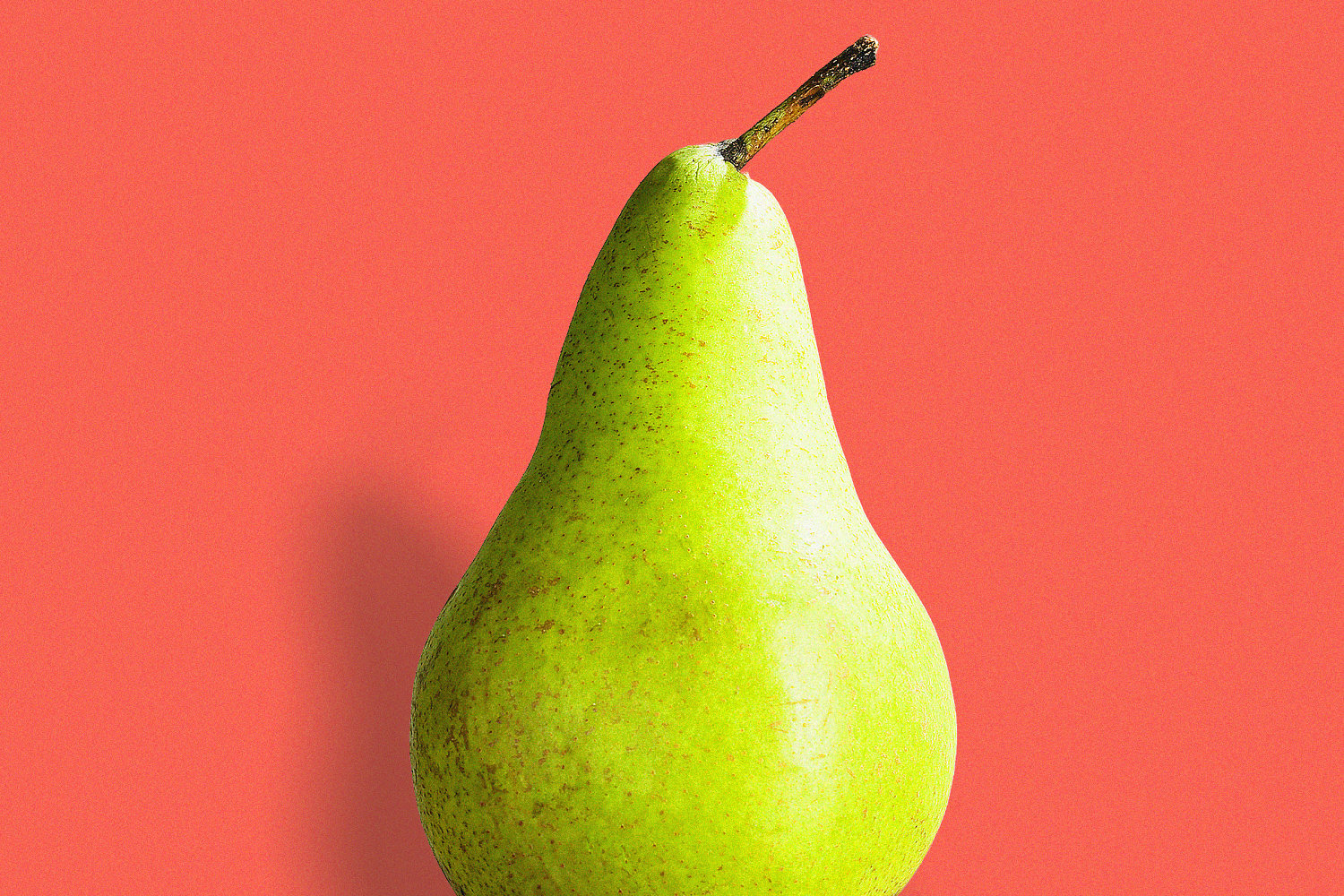BMI has its flaws. Is the ‘body roundness index’ any better?

New research points to a better way to measure obesity than body mass index.
Body mass index was first developed in 1832 and has been the standard way to estimate a person’s body fat since the 1980s. The calculation, however, has come under increasing scrutiny in recent years.
One major critique of BMI is that it doesn’t look at how much of a person’s weight is fat, and where fat is distributed around the body. It also doesn’t take into account the other elements that make up a person’s body composition beyond fat, including muscle, bone, water and organs.
“Fat distribution and body composition can vary dramatically among different people with the same BMI,” Wenquan Niu, a professor at the Capital Institute of Pediatrics in Beijing, wrote in an email.
Because muscle is much denser than fat, BMI skews higher in people who are very muscular but have less body fat, like athletes, Niu said. On the other end of the spectrum, BMI can be underestimated in older people with much less muscle mass and more body fat.
In a study published last week in JAMA Network Open, Niu and his colleagues showed that a different measurement, called the body roundness index, is a more precise way to estimate obesity.
While BMI estimates a person’s body fat using just two measurements, height and weight, BRI also incorporates hip and waist circumferences to estimate how much total fat and visceral fat someone has. Visceral fat is a type of deep belly fat that surrounds the organs and can be more harmful to health.
BMI “also doesn’t differentiate body composition, how much of your weight is water weight versus fat versus muscle or bone mass,” said Dr. Aayush Visaria, an internal medicine resident at Rutgers Robert Wood Johnson Medical School, who was not involved in the study.
Where BRI makes a big difference is in allowing for more variation, which can better tease out how much of a person’s body is fat.
The new study used data from the National Health and Nutrition Examination Survey, collected from around 33,000 Americans over nearly 20 years. The researchers calculated a person’s risk of death from any cause — which is typically higher if a person is underweight, overweight or has obesity — based on their BMI and BRI.
They found that BRI did a better job at calculating a person’s body composition and therefore what weight category they fell into.
When they graphed their data, the BRI points created a bell curve, with higher risk of death — an indicator of poor health — on either end. When charted in the same way, BMI also shows these two extremes, but creates a more flat, not rounded, middle part. That flat part masks variation, which is a big part of the problem.
“Variation is part of life,” said Diana Thomas, a mathematics professor at the U.S. Military Academy at West Point who developed the BRI calculation when serving as the director of the Montclair State University Center for Quantitative Obesity Research in New Jersey.
Where this variation matters most is in people who sit around the cutoffs for each category. BMI puts people into buckets, with hard cutoffs, such as a BMI of under 25 being the cutoff for healthy weight.
“When you draw these hard and fast lines, you are not accounting for variation. Some people who are over the line might actually need to be under the line,” Thomas said.
How does BRI work?
Both measurements are rooted in geometry, said Thomas, who was not involved with the new study. BMI sees the body as a cylinder.
“I looked in the mirror and said, ‘I don’t look like a cylinder, I look more like an egg,’” she said.
To account for more variation in body types, including egg-shaped bodies, Thomas compared a person’s waist or hip circumference to their height, but didn’t include weight in her calculations. Centering her theory around the body being an oval-like shape rather than a cylinder, she used a mathematical concept called eccentricity to develop BRI.
Essentially, the closer someone is to being circle-shaped, the closer to zero their BRI will be. The closer they are to being shaped like a straight line, the closer to 1 their BRI will be.
“It allows for all variations of body shapes,” Thomas said.
BRI isn’t a perfect measurement. It still isn’t able to calculate a person’s muscle mass, which plays a big role in health, “but I definitely think we are heading in the right direction,” Visaria said. “BRI is one of the methods that has come out trying to measure body composition in a way that’s accessible to a lot of people.”
That’s key, since specialized scales that measure a person’s body composition aren’t accessible to everyone — and aren’t always accurate — and it isn’t realistic to use other methods such as scans to do so either.
“The goal is to have something that can be used by the most number of sites,” Thomas said. “You don’t need a scan or special scale. BRI only requires a measuring tape.”
You may be interested

Olympics have first positive drug test after Iraqi athlete is accused of using steroids
new admin - Jul 27, 2024[ad_1] Join Fox News for access to this content You have reached your maximum number of articles. Log in or…

Celine Dion makes spectacular comeback with Eiffel Tower performance at Paris Olympics opening ceremony | World News
new admin - Jul 27, 2024Celine Dion stunned viewers all over the world with a performance from the Eiffel Tower in Paris during the Olympics…

Former FBI official Peter Strzok reaches $1.2 million settlement with Justice Dept over Trump-related texts
new admin - Jul 27, 20247/26: CBS News 24/7 Episode 2 7/26: CBS News 24/7 Episode 2 43:20 Former FBI special agent Peter Strzok reached…


































